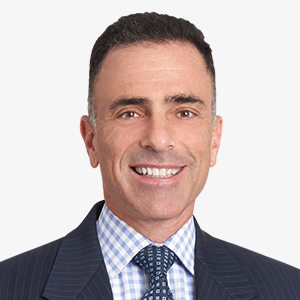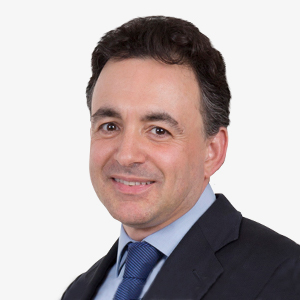Mid Cap Intrinsic Value Fund
Mutual Funds | Equities
Mid Cap Intrinsic Value Fund
YTD RETURN
0.00%
Why Invest
Catalyst-Driven Approach
Seeks to avoid value traps by investing in mid cap companies with an identifiable catalyst to help narrow the price gap over time
Active Engagement
Participate in ongoing dialogue with companies regarding directors, strategy and financing in an effort to enhance long-term shareholder value
Experienced Value Investors
Led by an experienced portfolio manager with over 30 years of experience
Morningstar Rating
For each retail mutual fund with at least a three-year history, Morningstar calculates a Morningstar Rating based on a Morningstar Risk-Adjusted Return measure that accounts for variation in a fund’s monthly performance (including the effects of sales charges, loads, and redemption fees), placing more emphasis on downward variations and rewarding consistent performance. The top 10% of funds in each category receive five stars, the next 22.5% receive four stars, the next 35% receive three stars, the next 22.5% receive two stars and the bottom 10% receive one star. (Each share class is counted as a fraction of one fund within this scale and rated separately, which may cause slight variations in the distribution percentages.) The Overall Morningstar Rating for a retail mutual fund is derived from a weighted average of the performance figures associated with its three-, five- and ten-year (if applicable) Morningstar Rating metrics. Ratings are ©2024 Morningstar, Inc. All Rights Reserved. The information contained herein: (1) is proprietary to Morningstar and/or its content providers; (2) may not be copied or distributed; and (3) is not warranted to be accurate, complete or timely. Neither Morningstar nor its content providers are responsible for any damages or losses arising from any use of this information.
Net expense ratio represents, the total annual operating expenses that shareholders pay (after the effect of fee waivers and/or expense reimbursement, if any). The Manager has contractually undertaken to waive and/or reimburse certain fees and expenses of the Fund so that the total annual operating expenses are capped (excluding interest, brokerage commissions, acquired fund fees and expenses, taxes including any expenses relating to tax reclaims, dividend and interest expenses relating to short sales, and extraordinary expenses, if any; consequently, total (net) expenses may exceed the contractual cap) through 08/31/2027 for Institutional Class at 0.85%, 1.21% for Class A, 1.96% for Class C, 1.46% for Class R3, 0.75% for Class R6, 1.50%, for Investor Class, 1.50%, and Trust Class at 1.25% (each as a % of average net assets). Absent such arrangements, which cannot be changed without Board approval, the returns may have been lower. Information as of the most recent prospectuses dated December 18, 2023, as amended and supplemented.
Beta is a measure of market-related risk (expressed between 0-1%) of a portfolio compared to that of the overall market, as represented by an index. The lower the beta the lower the sensitivity to the movements of the market, as represented by the index.
Standard Deviation is a statistical measure of portfolio risk. The Standard Deviation describes the average deviation of the portfolio returns from the mean portfolio return over a certain period of time. Standard Deviation measures how wide this range of returns typically is. The wider the typical range of returns, the higher the Standard Deviation of returns, and the higher the portfolio risk.
Active Share measures the percentage of mutual fund assets that are invested differently from the benchmark, and will range between 0% and 100%, Funds with an active share below 20% are likely to be pure index funds, while those with an active share between 20% and 60% are considered to be closet index funds.
Michael C. Greene, Managing Director, joined the firm in 2008 when David J. Greene and Company was acquired by Neuberger Berman. Michael is a Portfolio Manager for the Greene Group’s mid- and all-cap strategies. Prior to the acquisition, he was Chief Executive Officer and Chief Investment Officer at David J. Greene and Company, LLC since 1999. He provided leadership for David J. Greene and Company and managed the firm’s mid- and all-cap strategies. He joined David J. Greene and Company in 1985 as a research analyst, became a member of the Investment Committee in 1991 and a member of the Executive Committee in 1995. Michael began his investment career at Drexel Burnham Lambert, where he applied an already well-established value approach to sell-side analysis of retail stocks. He gained substantial experience in fundamental analysis of companies, as well as perspective in the investment philosophies and needs of institutional clients. He serves as a board member of the Masters School in Dobbs Ferry, NY and as Vice President of the David and Alan Greene Family Foundation, Inc. He holds a BA in Economics from Colgate University and an MBA from New York University’s Graduate School of Business.





